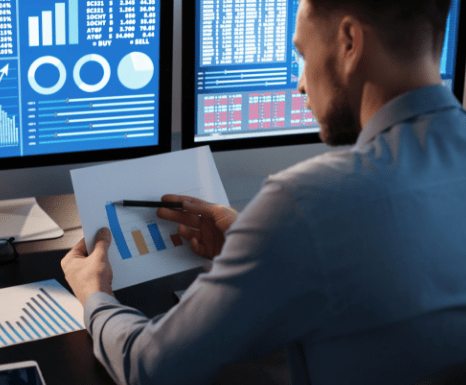FED, Unscrambling eggs
The Fed's rate decision will be announced in February, and the December minutes were released on Wednesday. November data on job opportunities and personnel turnover rates were released on the same day. An undesirable strong data was obtained with the announced 10,458M, while the expected was 10,000M. On January 5th, December non-farm payrolls data released as 235K, showing that the labor market in the USA is still very strong. The data showing itself that the FED will increase the interest rate in February which will create problems along the way to recovery. Since such interest rate hikes have not been made before, the path taken is somewhat 'unknown'. Despite this situation, we see in the minutes that the policy to be followed in 2023 is to continue to rate hikes and end it in 2024. It is estimated that the targeted 2% inflation level will be reached in 2025. However, the Russia-Ukraine War, which is a factor that complicates the 2% target, continues to bring along increases and uncertainties in energy and food prices. On Friday, January 6th, the unemployment rate was announced as 3.5% with a decrease. The unemployment rate is at its lowest level since 1969. If we go back to the FOMC notes, as these values continue to be very strong, the Committee strongly favors not cutting interest rates in 2023 to reach the 2% inflation target. The Committee also decided unanimously that the target interest rate range for targeted data should be between 4.25% and 4.50%. However, there is still a possibility that this decision will be increased to 5% at the desired point.
On Friday, January 6th, Cook, one of the policymakers of the FED, reiterated that his priority is to reduce inflation rate to 2%. She clarified that the data showed an improvement, but the levels decreased to the feared levels in the first half of 2021, the effort for the targeted level will continue, and that there will be a 2% inflation level and a strong labor force.
The fact that the labor market is still very high is a big problem for the FED. Because literally, the economy has to get worse 'to a point' so that it can be fixed. You can think of this as the moment when you tidy up your room and think you've made it worse. Last week, a news broke that Amazon is laying off 18,000 jobs. Then, Goldman Sachs announced that they will lay off 3,200 people this week. Among the companies included in this trend are Intel, Google, Sisco, and HP. Judging by their movements in the last month, technology companies still have not been able to price 50 bps and it seems that layoffs will continue at a higher rate. But layoffs do not solve the problem. Those who were laid off should not be able to find a job. As opportunities continue to exist, the cycle is bound to create powerful data. One of the main reason why banks are laying off is that they were involved in many mergers and acquisitions to save the companies who were bankrupt during the pandemic, were close to bankruptcy, and did not have strong balance sheets. These people, who are recruited during these events are too much now and only costing money to these banks like Goldman Sachs.
In his speech at the central bank independence symposium held in Stockholm yesterday (January 10th), Powell talked about the independence of the FED in monetary policies, the policies implemented in this independence for the maximum labor force and price stability. He adds that they are staying faithful and transparent to their own 'knitting'. And the important part was that the last sentence of his speech, the FED, emphasized that they are not and will not be a “climate policiy maker”. So the 'greener' economy is not their priority at the moment. Regardless, there is not much to change in climate policies, and the FED has a very minimal task in this regard. Here, Powell reiterated that his priorities is to reduce inflation and make the economy strong as it should be.











